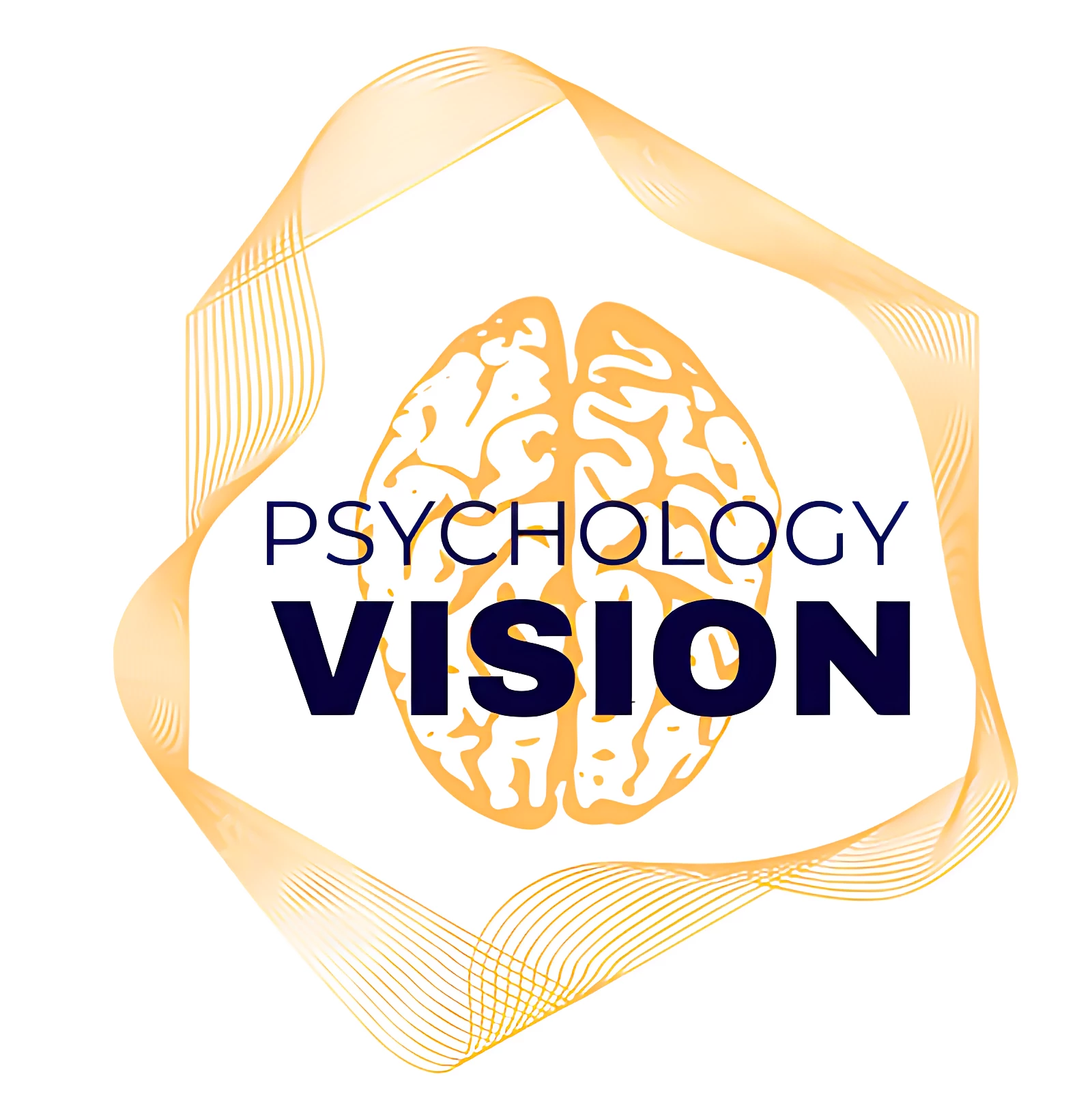
Understanding Childhood Trauma
Childhood trauma encompasses a range of adverse experiences that can significantly impact an individual’s mental health and emotional well-being in adulthood. It is crucial to understand that trauma is not solely defined by the events themselves but also by the individual’s response to those events. Thus, what may be traumatic for one child might not have the same effect on another, highlighting the subjective nature of trauma.
There are several types of childhood trauma, broadly categorized into physical, emotional, and psychological trauma. Physical trauma refers to experiences where a child has been subjected to bodily harm, such as abuse or neglect. This type of trauma can lead to long-term physical consequences, as well as heightened anxiety and fear responses. Similarly, emotional trauma can arise from experiences such as rejection, bullying, or witnessing domestic violence. These situations can cause significant distress, shaping how individuals perceive relationships and manage emotions in their later years.
Psychological trauma includes experiences that lead to severe emotional and cognitive distress, such as experiencing a natural disaster, loss of a parent, or prolonged exposure to instability. It is essential to recognize that the impact of these experiences can linger well into adulthood, affecting mental health by contributing to issues such as anxiety, depression, and post-traumatic stress disorder (PTSD). The formation of coping mechanisms during childhood, often in response to trauma, can also hinder emotional development and contribute to maladaptive behaviors.
Ultimately, understanding the different types of childhood trauma is vital for recognizing their lasting effects on an individual’s mental health. As these experiences shape one’s worldview and emotional responses, the implications extend far beyond childhood, necessitating compassionate and informed interventions in adulthood.
The Psychological Mechanisms of Trauma
Childhood trauma has profound and lasting effects on mental health that can persist into adulthood. One of the primary mechanisms through which trauma influences psychological development is through alterations in brain structure and function. Neuroscientific research has demonstrated that experiences of severe stress during formative years can lead to changes in the brain’s stress response system, particularly involving stress hormones such as cortisol. Elevated cortisol levels, often a consequence of chronic stress, can inhibit the growth of new neural connections and even promote neuron death in critical areas of the brain such as the hippocampus, which is vital for memory and emotional regulation.
Moreover, childhood trauma can significantly impact the formation of neural pathways. Traumatic experiences can cause heightened sensitivity to stress, creating patterns of hyperarousal and emotional dysregulation. For instance, individuals exposed to trauma may develop maladaptive coping strategies, such as withdrawal or aggressive behaviors, as a means of protecting themselves in threatening situations. These behaviors can manifest in adulthood, influencing relationships and leading to challenges in emotional stability and conflict resolution.
The psychological effects of childhood trauma are not limited to physiological changes alone; they also encompass alterations in perceptions and beliefs. Adults who have experienced trauma often hold negative beliefs about themselves and their capacity for safety or happiness. Such distorted perceptions can perpetuate a cycle of anxiety and depression, making it challenging to engage in healthy relationships or pursue fulfilling life experiences. Furthermore, individuals may become overly vigilant and prone to interpreting benign situations as threatening, a byproduct of the trauma’s imprint on their psychological landscape.
In conclusion, the psychological underpinnings of childhood trauma are complex and multifaceted, involving a combination of biological changes and altered behavioral patterns. Understanding these mechanisms is crucial for developing effective interventions aimed at mitigating the impact of childhood trauma on mental health in adulthood.
Common Mental Health Issues Linked to Childhood Trauma
Childhood trauma significantly influences emotional and psychological development, often leading to various mental health conditions in adulthood. One of the most prevalent issues is anxiety disorders, which encompass generalized anxiety disorder, panic disorder, and social anxiety. These conditions may develop as a direct response to early experiences of fear and unpredictability, causing individuals to remain in a heightened state of vigilance or fear throughout their lives. Such an anxious mindset can hinder daily functioning and lead to chronic worry or avoidance behaviors.
Depression is another common mental health issue connected to childhood trauma. The feelings of hopelessness and worthlessness that frequently accompany traumatic experiences can persist into adulthood, manifesting as major depressive disorder or persistent depressive disorder (dysthymia). Traumatic events may also result in negative self-perception, contributing to a cycle of depressive symptoms that further exacerbate an individual’s emotional distress. Studies have shown that individuals with a history of childhood trauma are at an increased risk of experiencing severe depressive episodes later in life.
Post-Traumatic Stress Disorder (PTSD) is a severe consequence of childhood trauma characterized by intrusive memories, avoidance behavior, and increased arousal. An individual who has experienced trauma during formative years may find it challenging to integrate those experiences into a coherent narrative, leading to recurrent symptoms of distress. As adults, they may struggle with regulating emotions and may feel detached from their surroundings or the people around them.
Lastly, borderline personality disorder (BPD) often correlates with early traumatic experiences, such as emotional abuse or neglect. BPD is marked by instability in relationships, self-image, and emotions. The chaotic nature of early attachments can create difficulties in forming stable relationships in adulthood. Individuals with BPD may oscillate between intense emotions and may react strongly to perceived abandonment, stemming from their unresolved trauma. Understanding these conditions highlights the importance of early intervention and support for those affected by traumatic childhood experiences.
The Role of Attachment Styles
Attachment styles, formed during childhood, significantly influence an individual’s approach to relationships in adulthood. These styles emerge from the nature of early bonds with caregivers, where consistent and nurturing interactions typically foster secure attachments. Conversely, adverse childhood experiences, such as trauma or neglect, often lead to insecure attachment styles. Understanding this relationship is crucial for recognizing how childhood trauma permeates into adult life.
Secure attachment is characterized by trust, emotional availability, and a healthy balance of autonomy and intimacy. Children who experience safe and supportive environments are likely to develop this style, cultivating strong relational foundations. Unfortunately, those exposed to childhood trauma may adopt insecure attachment styles, which can manifest as anxious or avoidant behaviors. Anxiously attached individuals may exhibit clinginess or fear of abandonment, while avoidantly attached individuals often struggle with intimacy and may prioritize independence to shield themselves from emotional pain.
Research indicates a strong correlation between attachment styles formed in childhood and relational patterns observed in adulthood. Individuals with insecure attachments might find themselves repeating dysfunctional relationship cycles, struggling with conflicts, and experiencing heightened emotional distress. This connection illustrates how early experiences can inhibit the ability to foster fulfilling relationships later in life.
Furthermore, recognizing one’s own attachment style can be transformative. Adults grappling with the effects of childhood trauma may benefit from therapeutic interventions aimed at fostering a secure attachment style, allowing for healthier connections with others. Building awareness and understanding of attachment styles is integral to healing from past experiences, enhancing emotional intelligence, and ultimately forging more resilient, fulfilling relationships in adulthood.
Impact on Coping Mechanisms and Emotional Regulation
Childhood trauma can significantly alter an individual’s emotional development, leading to the adoption of maladaptive coping mechanisms in adulthood. These mechanisms can manifest in various forms, such as substance abuse, self-harm, and avoidance behaviors, often born from an inability to effectively manage emotions and stress. When children experience traumatic events, their stress responses become hyper-reactive, making it challenging for them to process emotions in healthy ways. Consequently, many adults who experienced childhood trauma tend to rely on unhealthy coping strategies as a means of managing overwhelming feelings.
Substance abuse is one of the most common maladaptive coping mechanisms. Many individuals turn to alcohol or drugs as a means to numb emotional pain or escape the memories of traumatic experiences. This behavior can lead to a cycle of dependency, where the short-term relief gained from substances ultimately exacerbates mental health issues and complicates emotional regulation further. Similarly, self-harm may surface as a coping strategy. Individuals may engage in acts of self-injury to exert control over their emotions or to express feelings that they find difficult to verbalize. Unfortunately, while these strategies might offer temporary relief, they do not address the underlying trauma, often resulting in an escalation of emotional distress over time.
A voidance behaviors further complicate the ability to process trauma. Adults with a history of childhood trauma may avoid places, people, or situations that trigger painful memories, leading to social isolation and difficulties in forming intimate relationships. This avoidance can create a barrier to an individual’s emotional growth and stress management capabilities. As these adults navigate their daily lives, the cumulative effects of unprocessed trauma often manifest in their mental health, necessitating therapeutic intervention. Understanding the relationship between childhood trauma and these maladaptive coping mechanisms is crucial for developing effective treatment strategies that promote healthier emotional regulation and overall mental well-being.
Societal and Interpersonal Consequences
Childhood trauma leaves a profound imprint not only on individuals but also on society as a whole. The repercussions manifest in various ways, one of which is the perpetuation of cycles of violence. Children who experience trauma are at an increased risk of exhibiting aggressive behavior in their adulthood, which can ultimately lead to a cycle where violence begets violence. This cycle can ensnare families and communities, resulting in environments where abuse becomes normalized, thereby contributing to a wider societal issue. Breaking these cycles requires comprehensive intervention strategies, including education and therapeutic support aimed at those affected by trauma.
Furthermore, the stigma surrounding mental health issues exacerbates interpersonal relationships affected by childhood trauma. Many individuals grapple with feelings of shame and isolation, fearing judgment from peers or family members. This stigma often discourages affected individuals from seeking help, leading to a deterioration in their mental well-being and interpersonal dynamics. When mental health conditions arising from childhood trauma remain unaddressed, relationships with family, friends, and colleagues can suffer, resulting in the erosion of social support systems that are vital for recovery.
The financial implications of untreated childhood trauma are also significant. Societies bear the burden through increased healthcare costs due to high rates of mental health-related issues, substance abuse, and criminal behavior. The individuals affected often confront decreased productivity in the workplace, further straining economic resources. The long-term consequences are profound, illustrating how childhood trauma not only impacts those directly affected but also imposes lasting effects on societal structures and economies. Addressing childhood trauma through comprehensive mental health care and community support is essential to mitigate these wide-reaching consequences.
Healing and Recovery: The Path Forward
When addressing the complexities of childhood trauma and its effects on mental health in adulthood, it is crucial to underscore the importance of healing and recovery. Various therapeutic approaches have been developed to specifically assist individuals who have experienced such trauma, offering pathways to recovery and resilience. One of the most effective methods is cognitive-behavioral therapy (CBT), which focuses on identifying and restructuring negative thought patterns that stem from traumatic experiences. Through CBT, individuals learn to challenge their distorted beliefs, cultivate healthier coping mechanisms, and ultimately transform their responses to stressors.
Another promising avenue for healing is attachment-based therapy. This approach takes into account the impact of early relationships on an individual’s emotional development. By fostering a secure attachment with the therapist, clients can begin to explore and process their trauma in a supportive environment. This therapeutic relationship serves to build trust and safety, enabling individuals to address deep-seated fears and learn how to form healthier connections in their lives. Such therapeutic work is particularly vital for those whose childhood trauma has left them feeling isolated or disconnected from others.
Moreover, mindfulness practices are increasingly recognized for their beneficial role in recovery from childhood trauma. Techniques such as meditation, deep breathing exercises, and body awareness training help individuals anchor themselves in the present moment, reducing anxiety and promoting emotional regulation. Mindfulness fosters a sense of acceptance and compassion toward oneself, which is often essential for individuals grappling with the aftermath of trauma. By integrating these mindful approaches into their daily routines, individuals can cultivate a greater sense of wellbeing and resilience, making strides towards their healing journey.
In conclusion, the journey towards healing from childhood trauma is multifaceted and requires a combination of therapeutic approaches. By engaging with methods like cognitive-behavioral therapy, attachment-based therapy, and mindfulness practices, individuals can pave their path forward, embracing hope, recovery, and a healthier relationship with their mental health.
The Importance of Early Intervention
Childhood trauma can have profound effects on mental health that often extend into adulthood. Therefore, early intervention is crucial for addressing these issues before they escalate. Recognizing the signs of trauma early, whether they manifest as behavioral changes, emotional disconnect, or academic struggles, allows for timely support and effective preventive measures. Schools, healthcare providers, and community organizations play a pivotal role in identifying at-risk children and providing the necessary resources.
Community resources, such as counseling centers and trauma-informed organizations, provide invaluable services that help children process their experiences. These entities often offer therapeutic interventions aimed at mitigating the adverse effects of early traumatic experiences, guiding children to develop healthy coping strategies. Furthermore, parent education programs can equip families with the knowledge and tools needed to recognize signs of trauma, fostering a supportive environment conducive to healing.
Educational programs also occupy a significant position in early intervention strategies. Incorporating trauma-informed practices within school curricula helps to raise awareness among educators about the potential impacts of trauma on learning and behavior. Training staff to respond empathetically and proactively to affected students can greatly reduce the negative repercussions of trauma and promote resilience in children.
Family support systems are equally vital, as a solid support network can significantly enhance a child’s ability to cope with traumatic experiences. By encouraging open communication and promoting emotional literacy within the family, caregivers can create a safe space for children to express their feelings. Additionally, community initiatives that facilitate peer support can help children connect with others who share similar experiences, thereby normalizing their feelings and reducing isolation.
Ultimately, recognizing and addressing childhood trauma through early intervention is essential in preventing long-term mental health issues in adulthood. By leveraging community resources, educational programs, and family support systems, we can create an environment that fosters resilience and healing, allowing children to flourish despite their past experiences.
Conclusion: Embracing Trauma-Informed Care
The influence of childhood trauma on mental health in adulthood is profound and far-reaching. This understanding challenges various sectors, including healthcare, education, and community services, to adopt a trauma-informed approach in their practices. Recognizing the pervasive nature of trauma allows for the development of effective strategies aimed at fostering resilience and recovery among individuals who have experienced early adverse events.
Incorporating trauma-informed care into these sectors begins with the principle of empathy. Professionals must strive to be aware of the signs of trauma and its potential impacts. This heightened awareness not only promotes a supportive environment but also encourages open communication between caregivers and those affected by childhood trauma. The importance of establishing trusting relationships cannot be overstated, as individuals are more likely to engage in treatment when they feel understood and supported.
Furthermore, integrating trauma-informed practices entails providing appropriate training for personnel across various industries. Such training should emphasize understanding the behavioral and emotional consequences of trauma and the necessity of responding with compassion and validation. By equipping educators, healthcare providers, and community workers with the tools to recognize and address trauma, we cultivate an atmosphere conducive to healing and personal growth.
Additionally, fostering collaboration among various sectors is crucial in creating a comprehensive support network for those affected by childhood trauma. Engagement between schools, mental health professionals, and community organizations can result in a holistic approach to care, providing individuals with a sense of safety and belonging. By collectively addressing the needs of those impacted by trauma, we help to mitigate its long-term consequences, effectively paving the way for healthier and more resilient communities.

